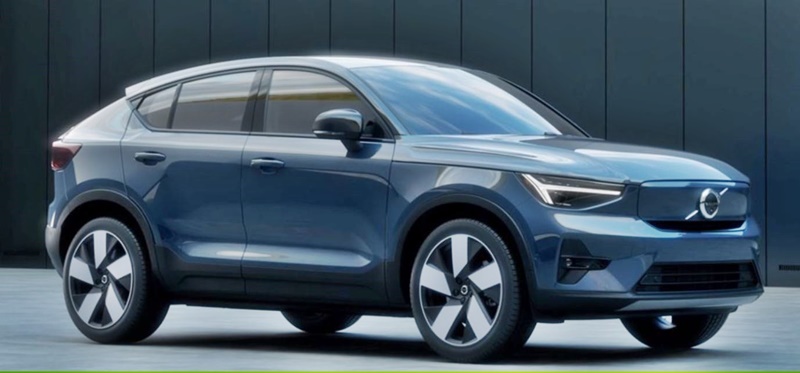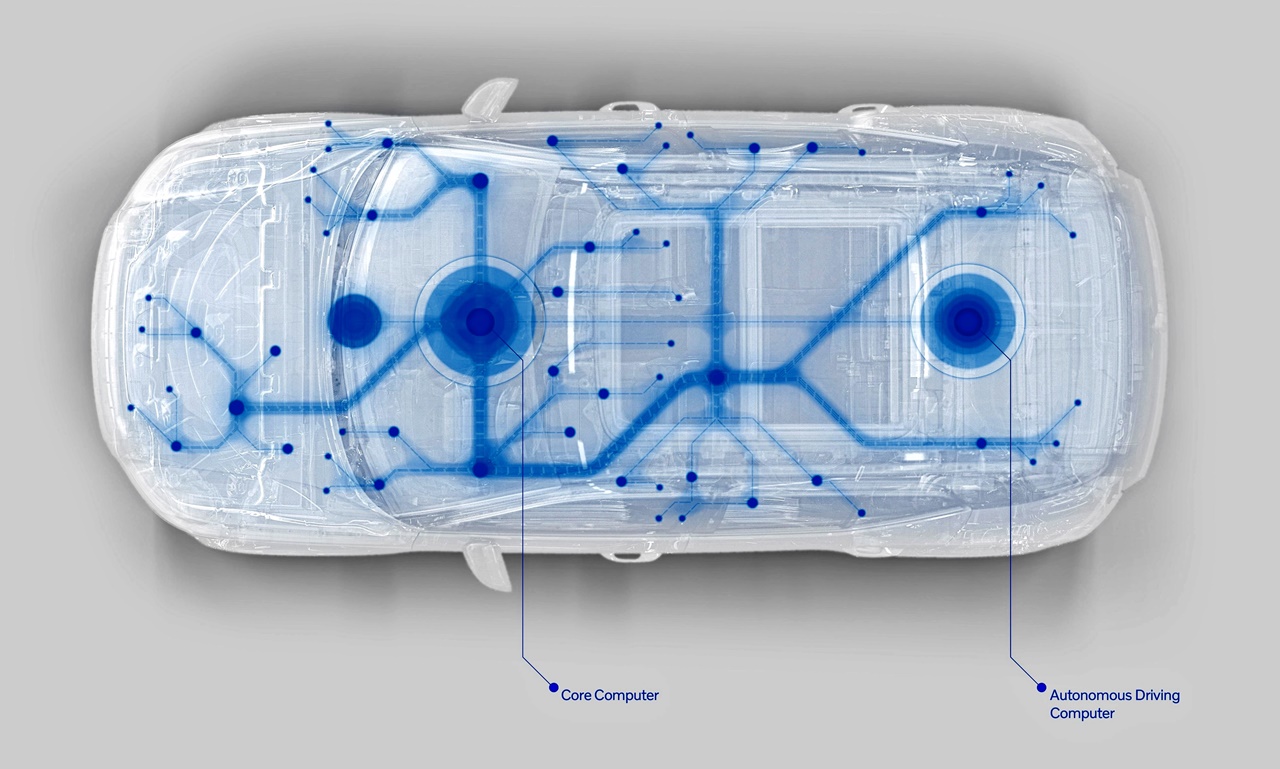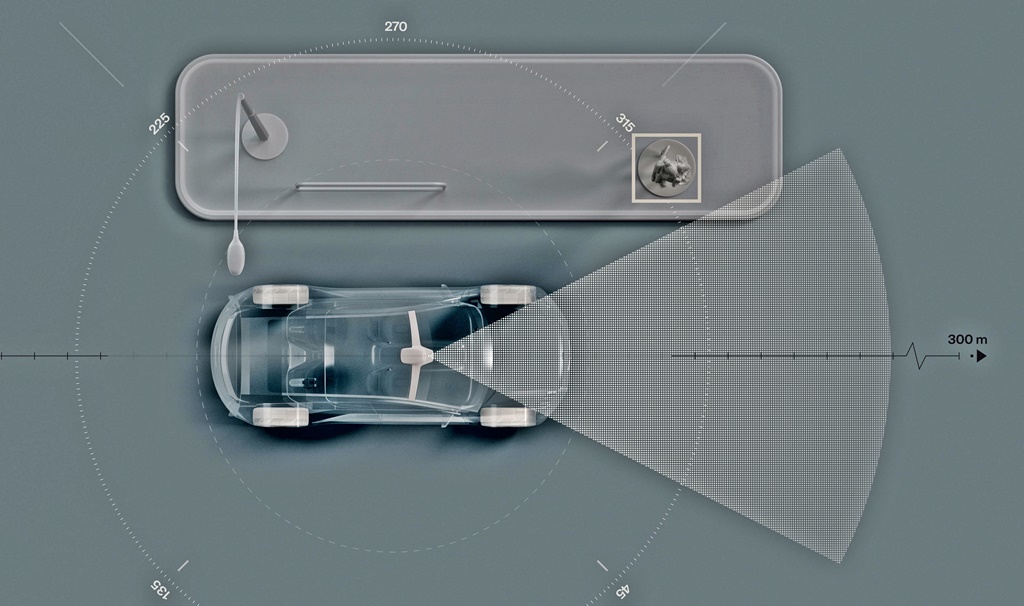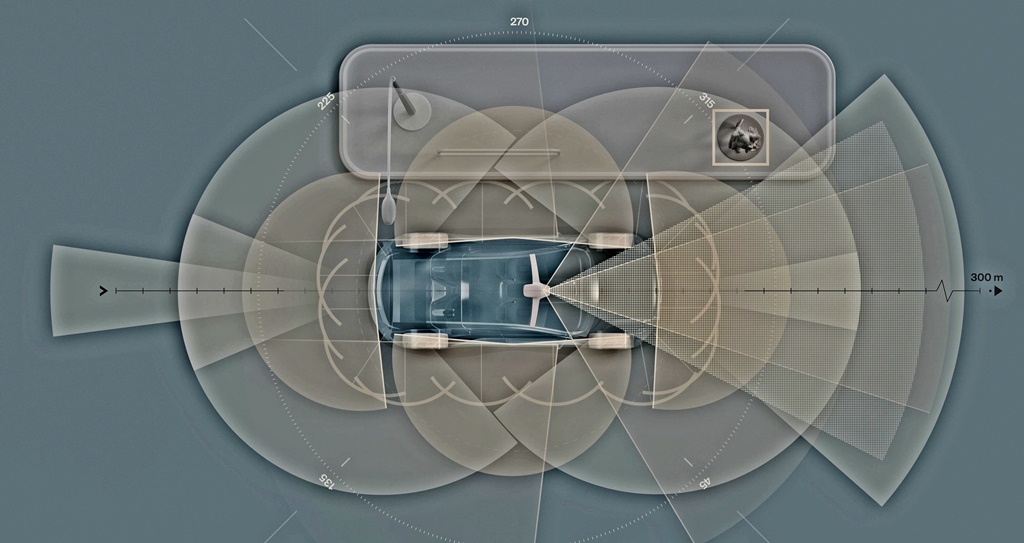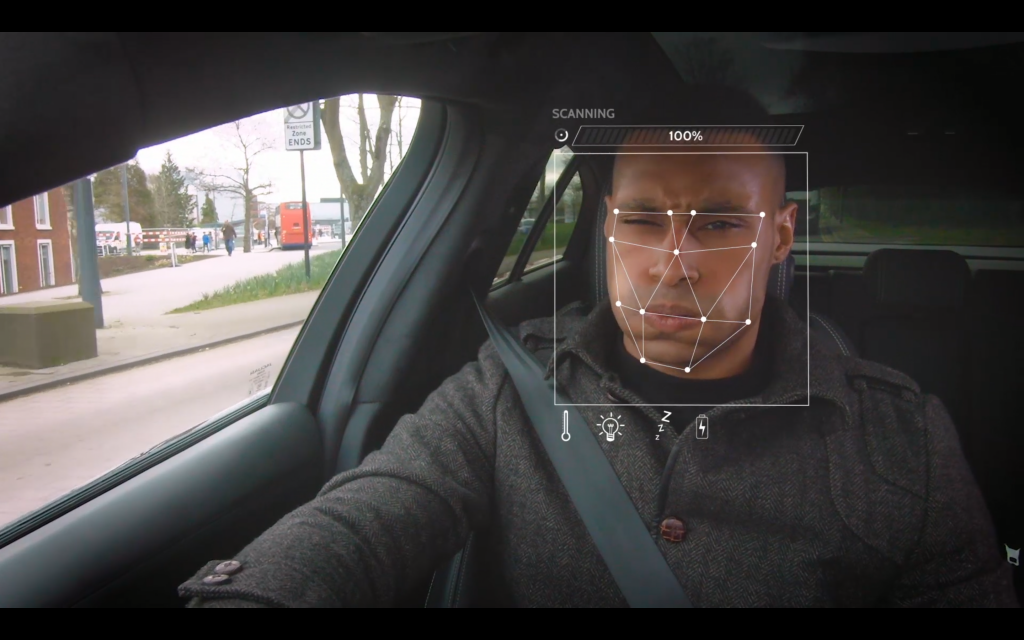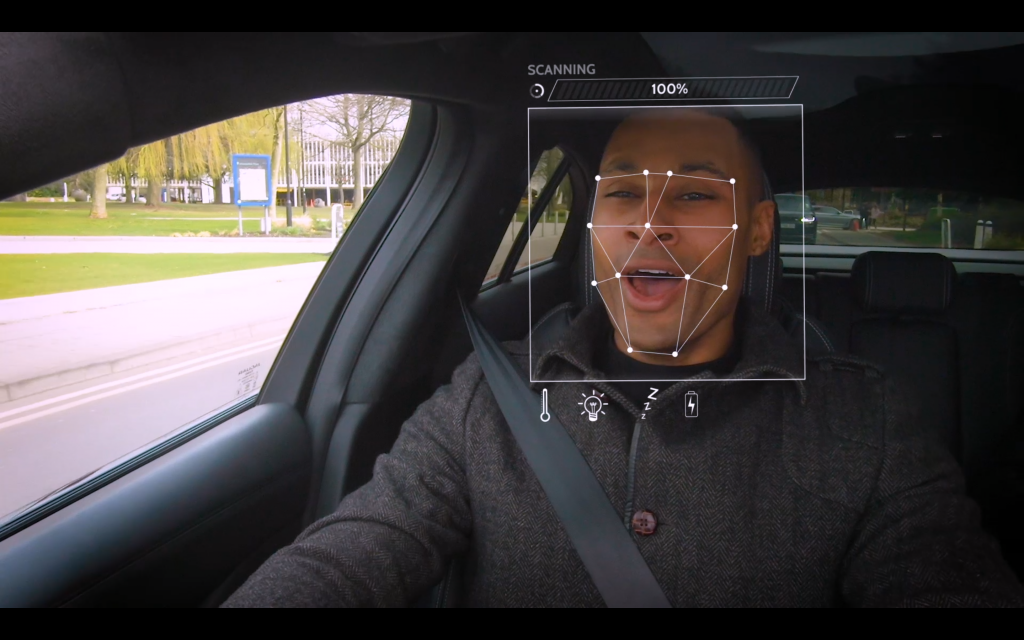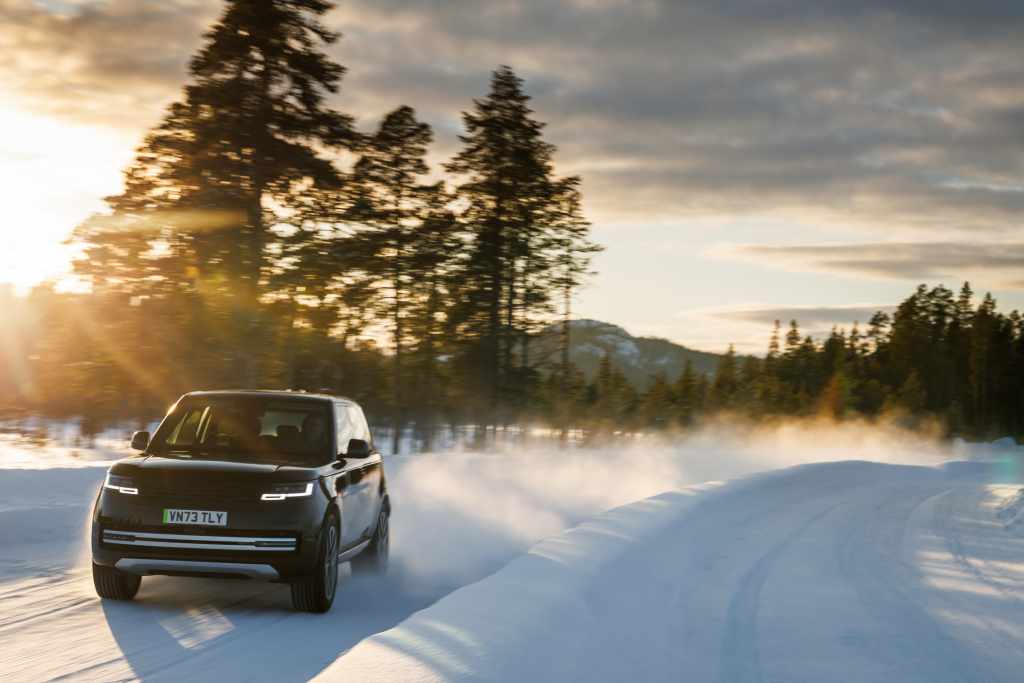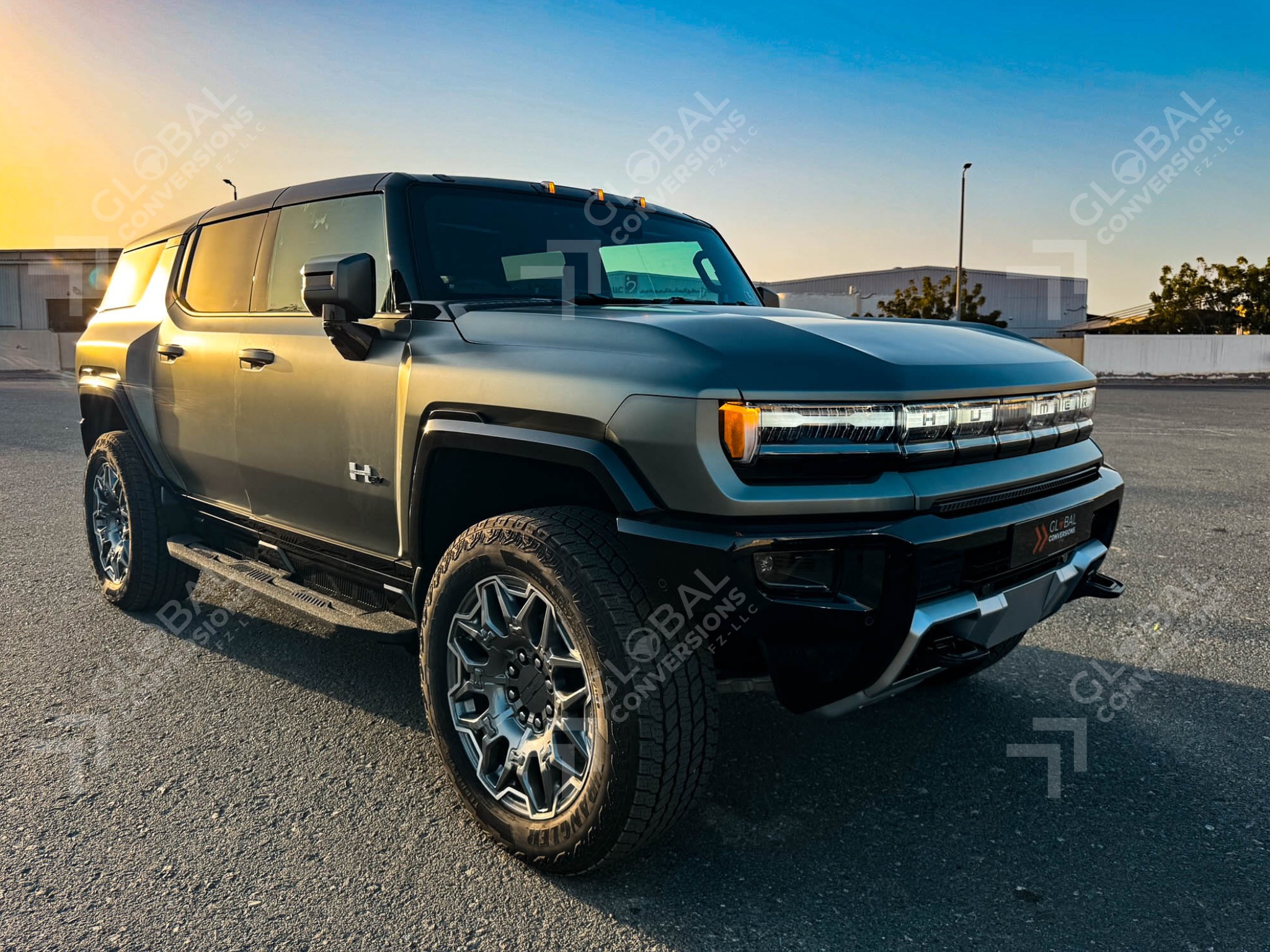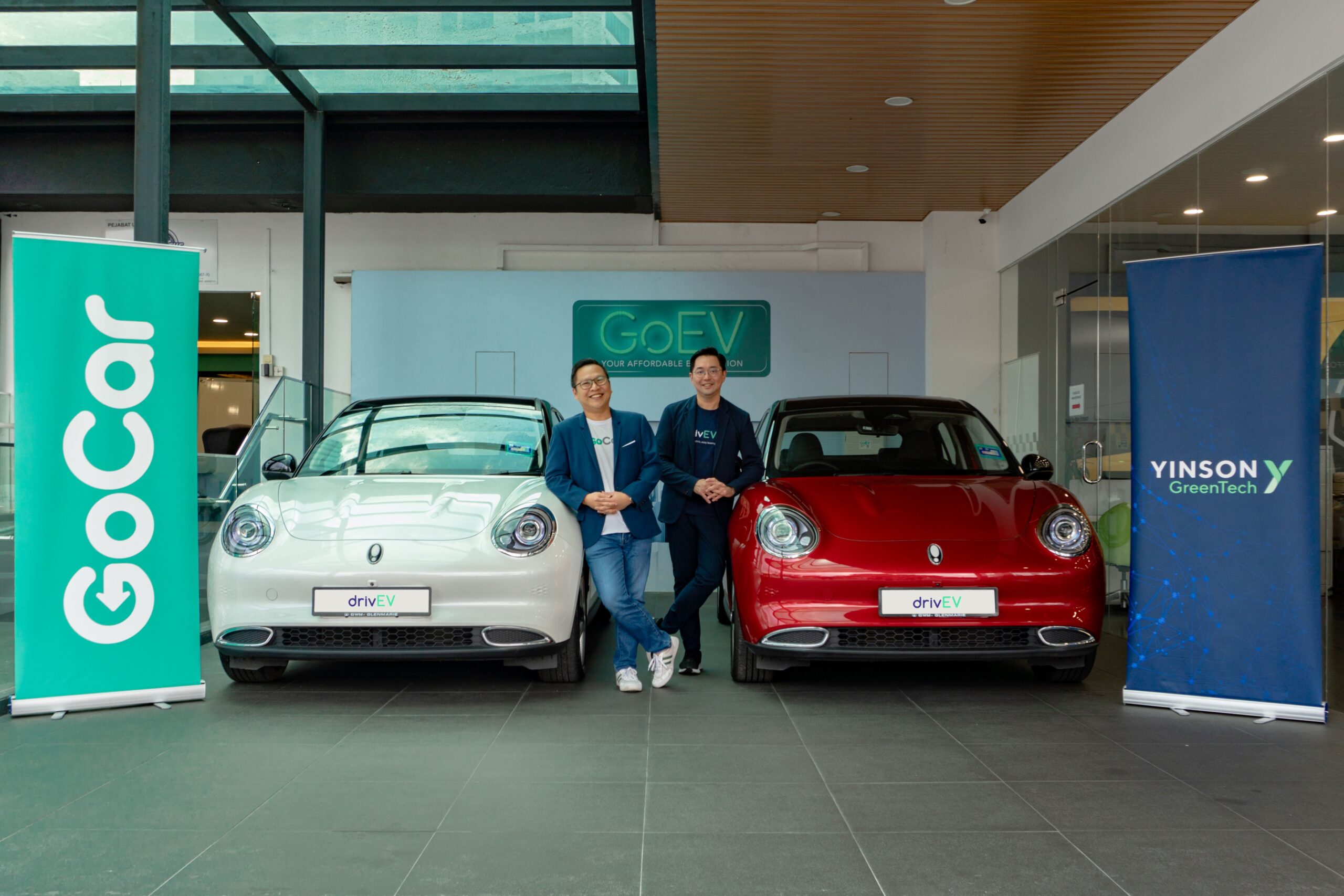In order for autonomous vehicles to function safely, especially when the need for driver intervention is not required, sensor technology must be extremely precise and detailed. While the computer can make intelligent decisions to control the movements of the car, the sensors are its eyes and must collect data of the surroundings and the potential hazards.
At present, many cars already have radar and camera sensors to scan the road ahead, enabling identification of pedestrians and other vehicles. Even earlier, there were already sensors to detect vehicles in the blind spot and this has advanced to include vehicles that approach from the left or right as a vehicle is reversing out of a parking bay.
With the next generation of the Volvo XC90, to be revealed in 2022, state-of-the-art sensors will be used which will include LiDAR (Light Detection And Ranging) technology developed by Luminar and an autonomous driving computer-powered by the NVIDIA DRIVE Orin system-on-a-chip, as standard. This will be industry-leading safety technology that can help to save even more lives as the company sets a new benchmark for automotive safety.
By combining this state-of-the-art hardware with Volvo, Zenseact and Luminar software for the next generation of its well-established collision-avoidance technology, Volvo Cars aims to reduce fatalities and accidents as a whole with this new safety package.
“Volvo Cars is, and always has been, a leader in safety. It will now define the next level of car safety,” said Hakan Samuelsson, Chief Executive of Volvo Cars. “By having this hardware as standard, we can continuously improve safety features over the air and introduce advanced autonomous drive systems, reinforcing our leadership in safety.”
With the new safety package, Volvo Cars aims to reduce collisions, and the reduction rate is anticipated to accelerate over time via over-the-air software updates. The new technologies are also designed to specifically address those traffic situations which result in a large portion of the remaining severe injuries and fatalities found today.
“In our ambition to deliver ever safer cars, our long-term aim is to achieve zero collisions and avoid crashes altogether,” said Henrik Green, Chief Technology Officer at Volvo Cars. “As we improve our safety technology continuously through updates over the air, we expect collisions to become increasingly rare and hope to save more lives.”
Once introduced, the technology is expected to mature over time, becoming more capable and allowing the car to assist and improve the capabilities of a human driver in safety-critical situations. Whereas previous generations of technology largely relied on warning the driver for potential immediate threats, this new safety technology will, over time, increasingly intervene as needed to prevent collisions.
While saving lives and preventing injury remains the company’s first priority, Volvo Cars also sees a potential added benefit of lower insurance costs as car crashes involving Volvo cars become increasingly rare.
Beyond the sensor suite and Artificial Intelligence computing performance, Volvo’s forthcoming flagship model will also come with back-up systems for key functions such as steering and braking that make it hardware ready for safe, unsupervised autonomous driving once available.
These back-up systems, alongside LiDAR and the computer software, will enable the Highway Pilot functionality, developed in-house together with Volvo Cars’ autonomous driving software development company, Zenseact. An autonomous driving feature for use on motorways, the optional Highway Pilot will be activated for customers when verified safe and legally allowed for individual geographic locations and conditions.
Earlier this year, Volvo Cars announced it will use NVIDIA technology to centralise computing. The core computer and autonomous drive computer, both powered by NVIDIA technology, allow its cars to become safer, more personal and more sustainable over time through over-the-air updates, while also providing it with the computing power required for vision and LiDAR processing. The company has already been using the high-performance, energy-efficient NVIDIA DRIVE since 2016.
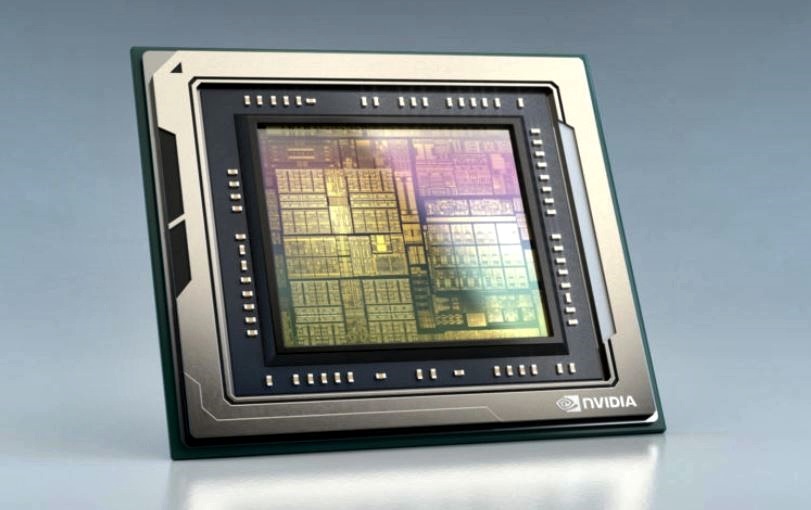
In 2019, the Volvo Group (which produces commercial vehicle models) also signed an agreement with NVIDIA to jointly develop the decision-making system of autonomous commercial vehicles and machines. Utilizing NVIDIA’s end-to-end artificial intelligence platform for training, simulation and in-vehicle computing, the resulting system is designed to safely handle fully autonomous driving on public roads and highways.
Volvo takes a different approach to helping reduce distractions to drivers


